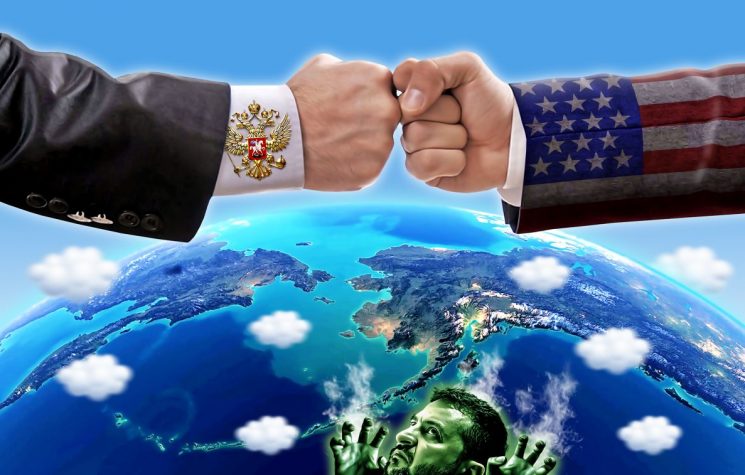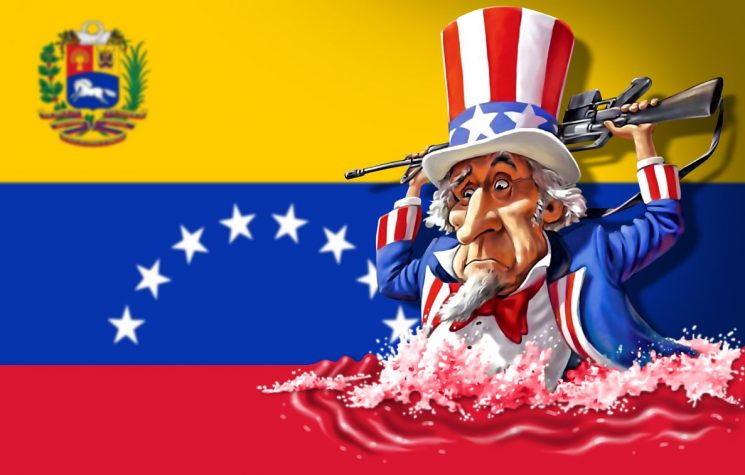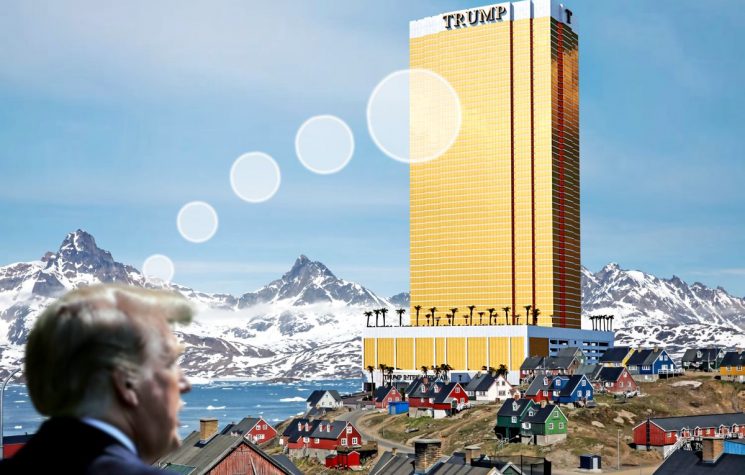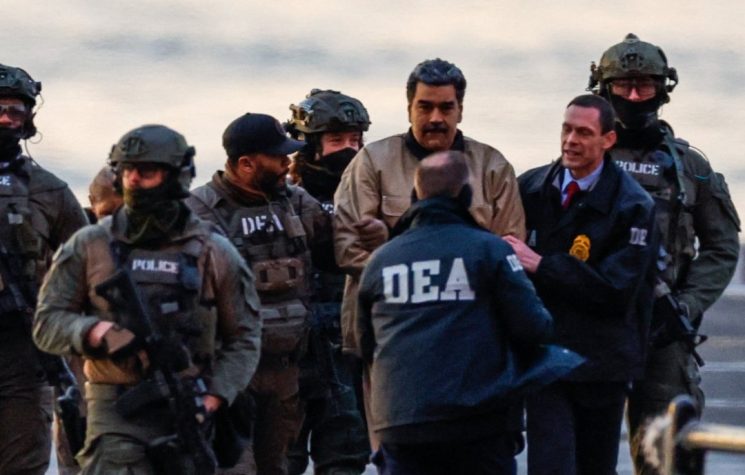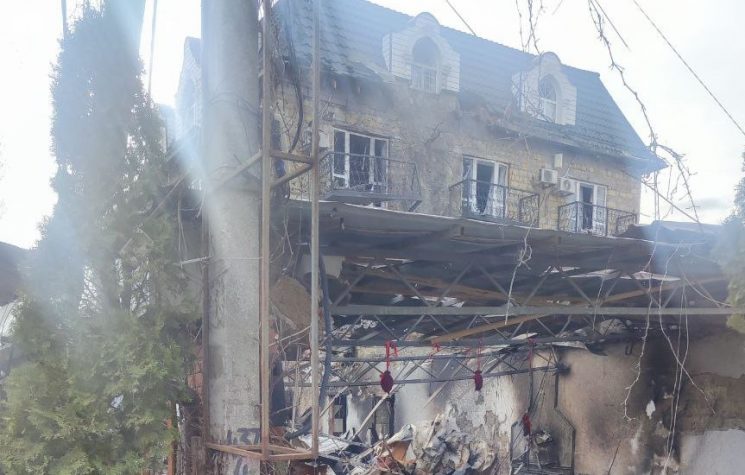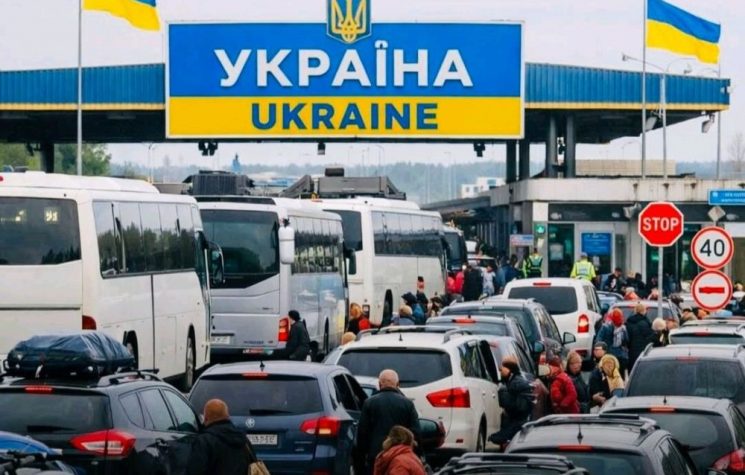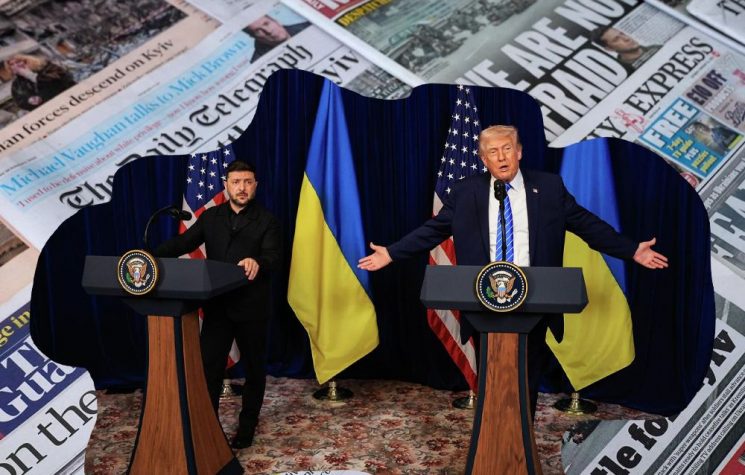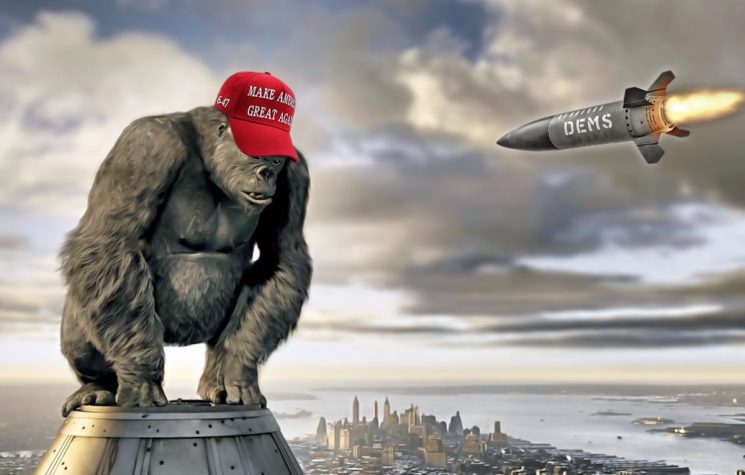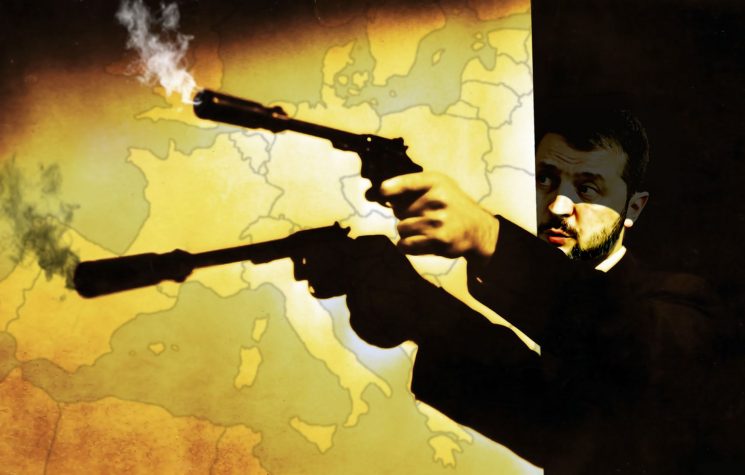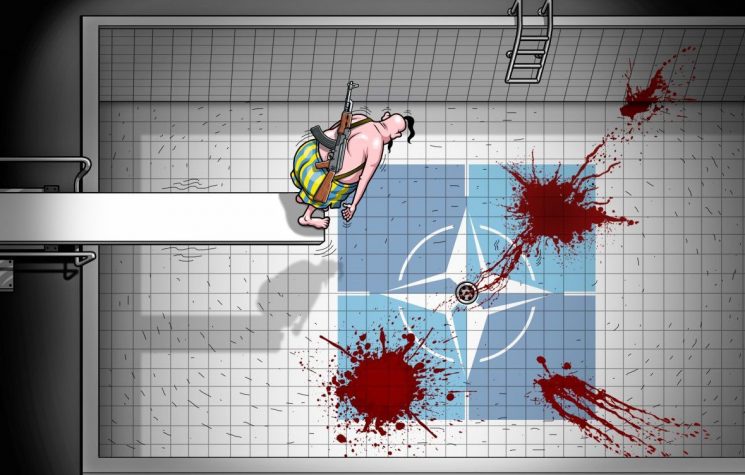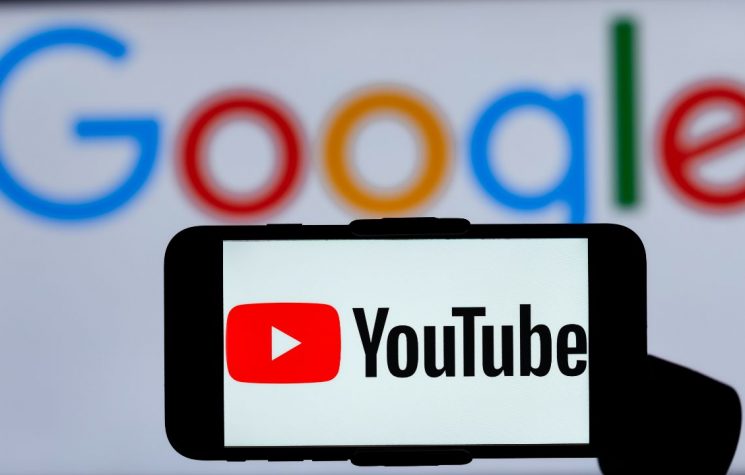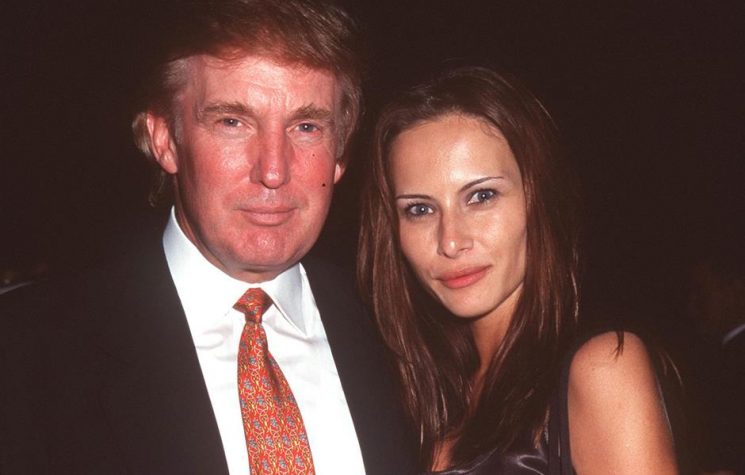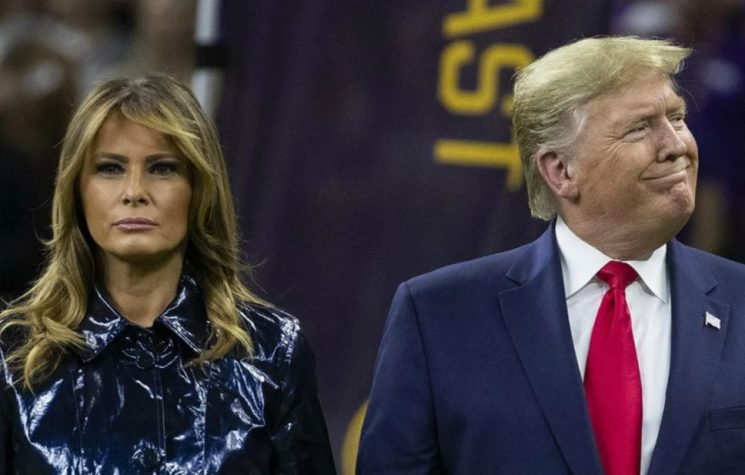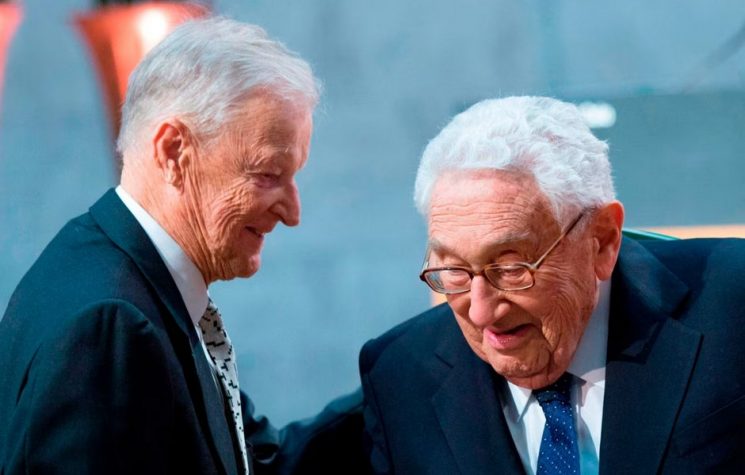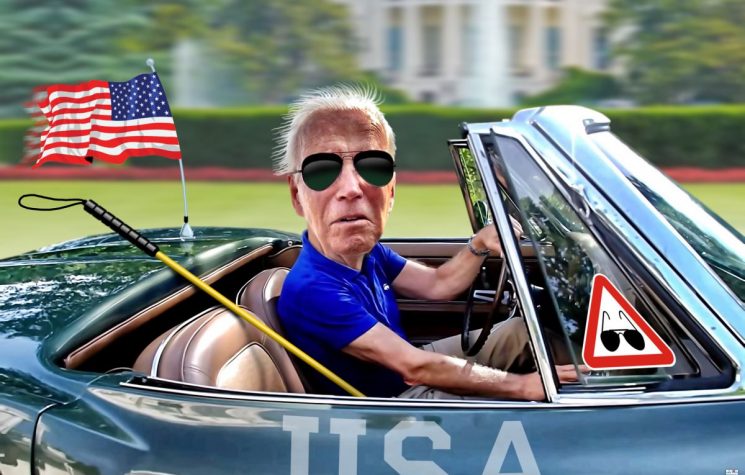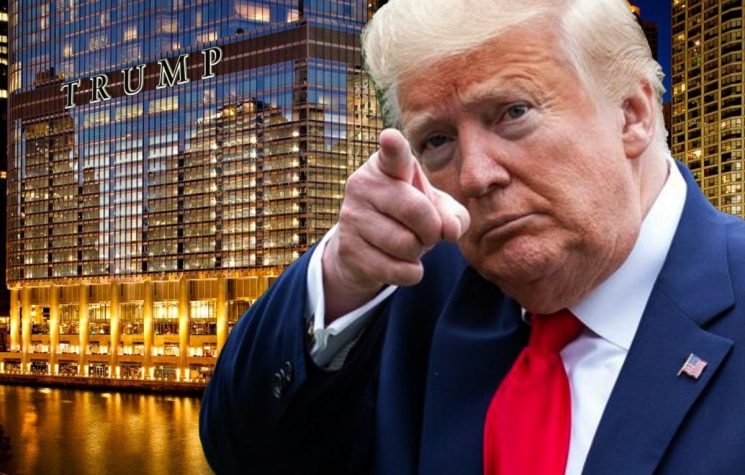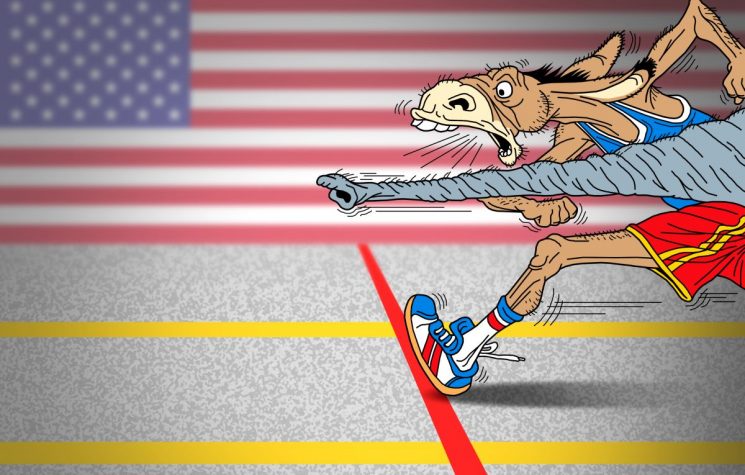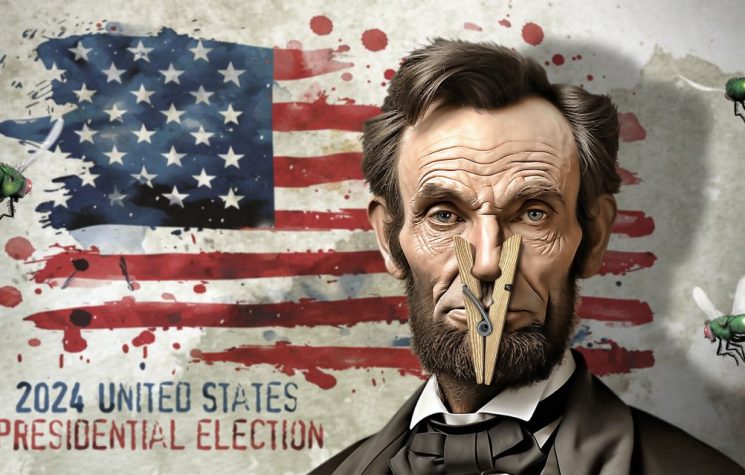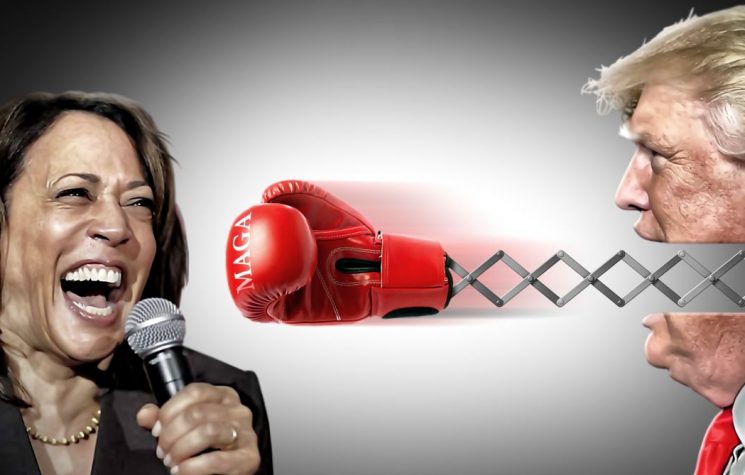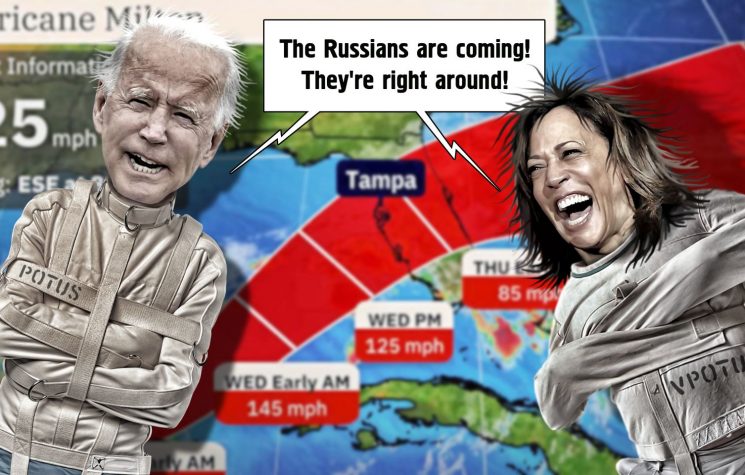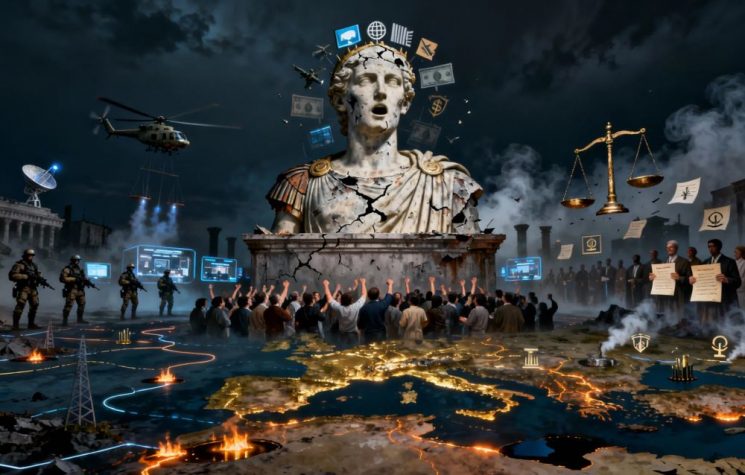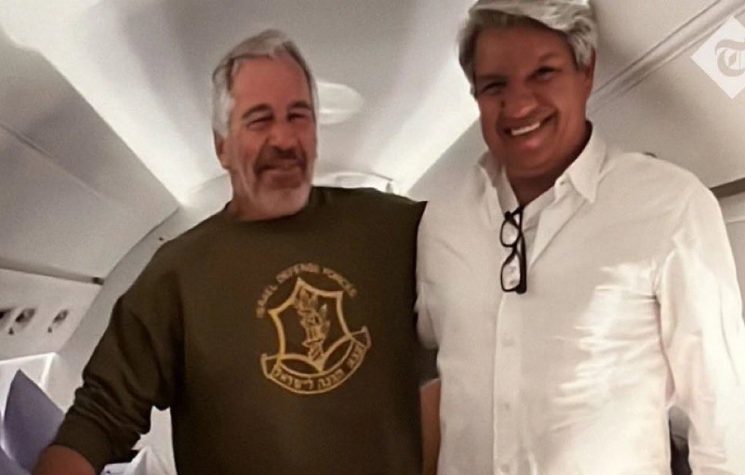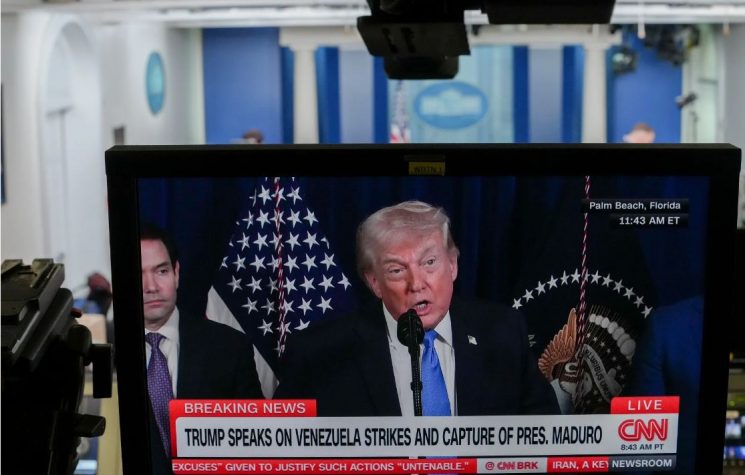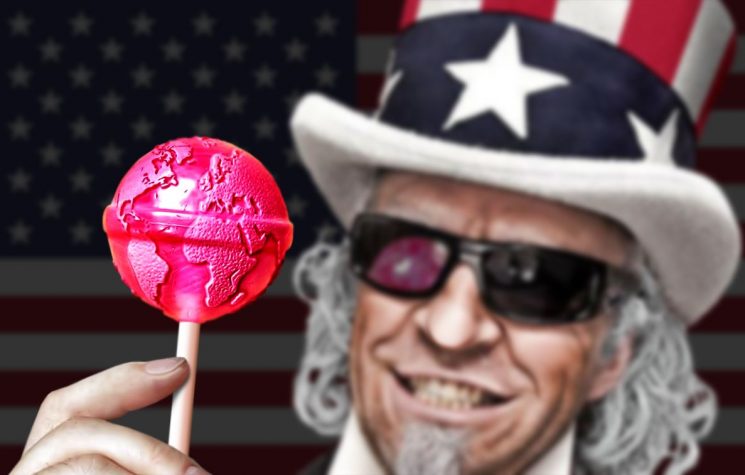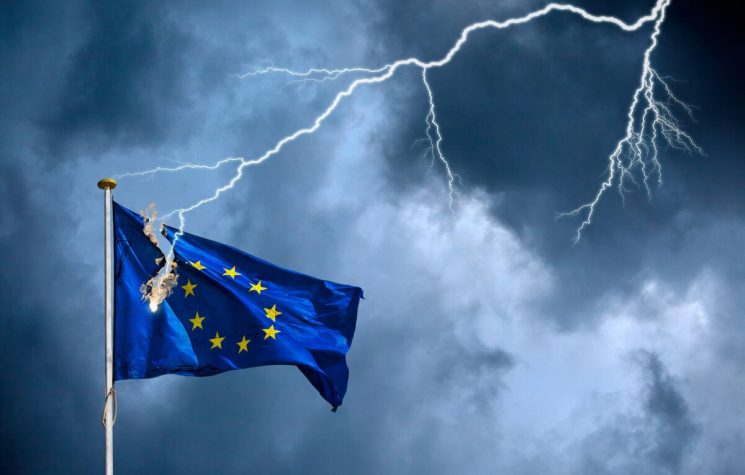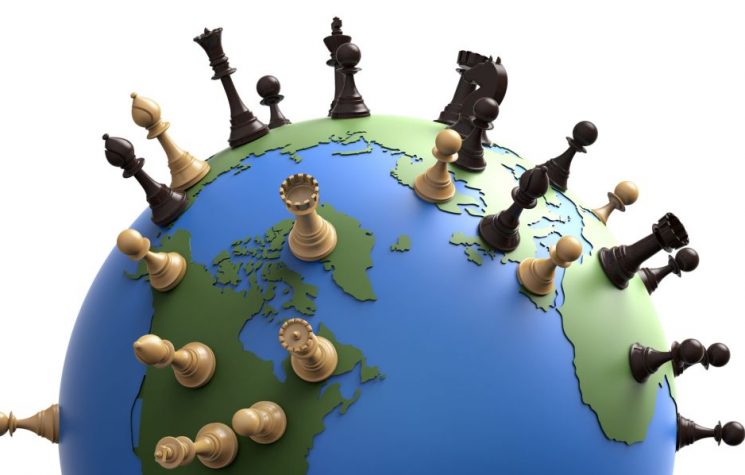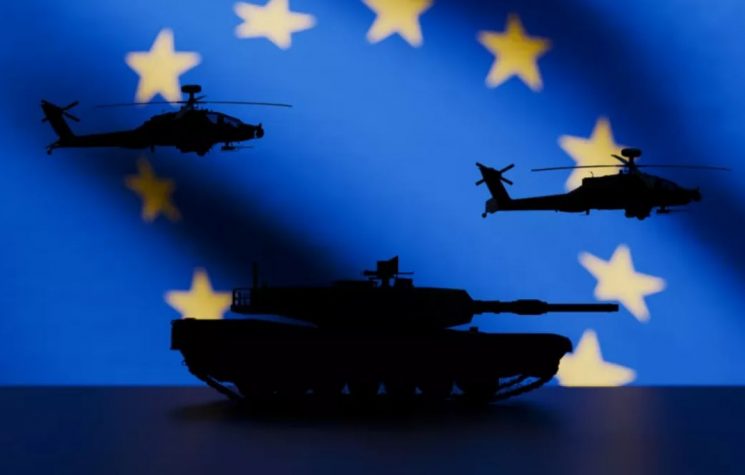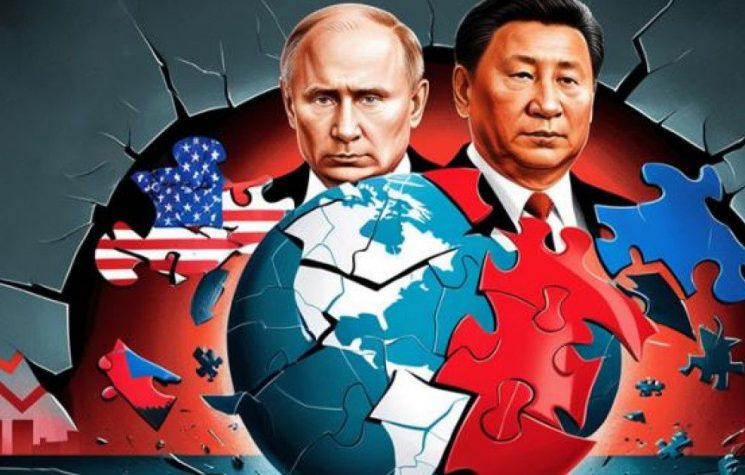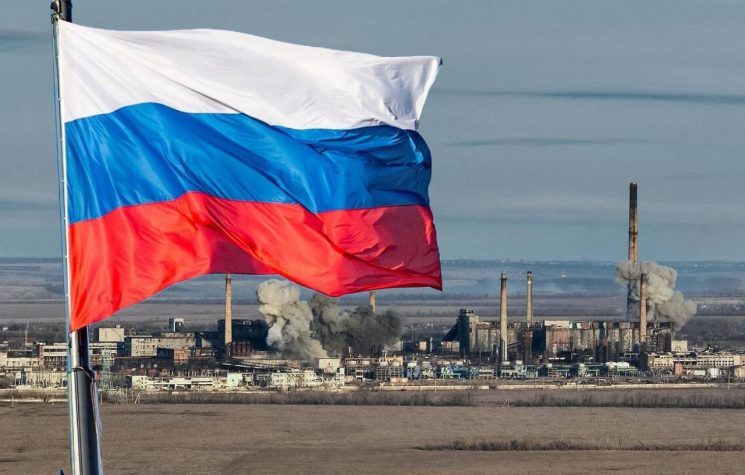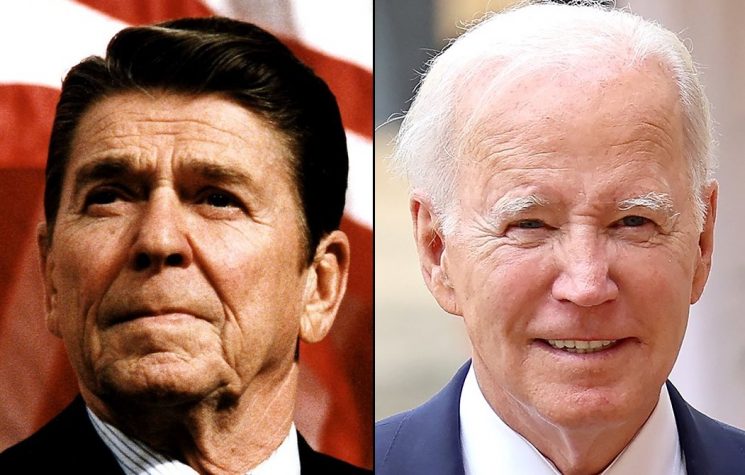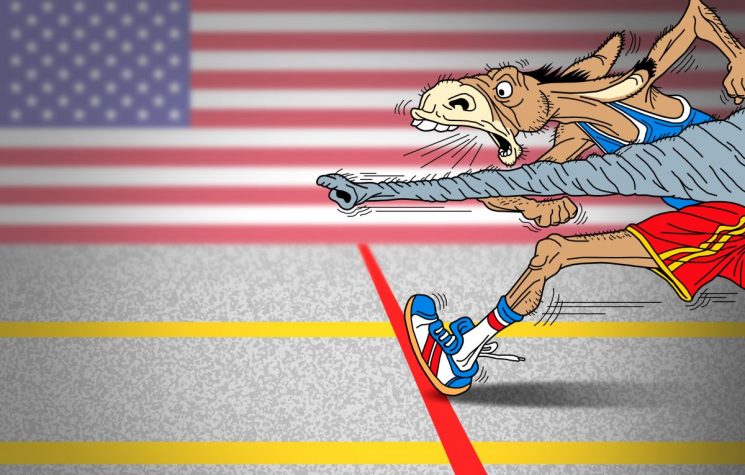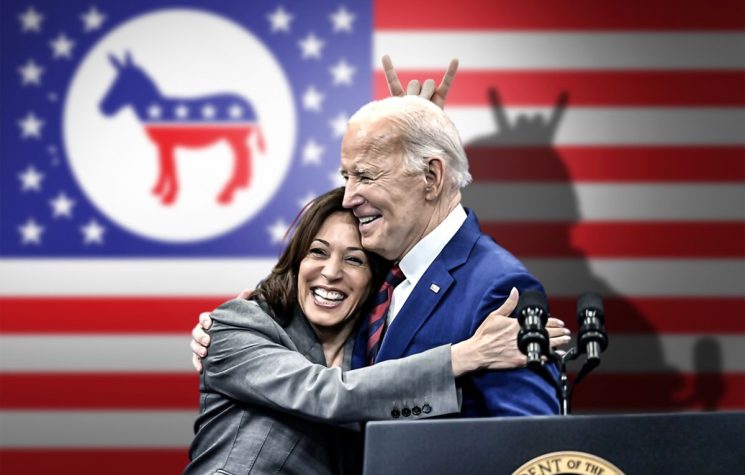The U.S. has the most diplomatic clout in the world and should deploy it by restarting long-overdue negotiations with Russia should Trump come to power.
Contact us: info@strategic-culture.su
It is hard to imagine a handling of the Russia-Ukraine war more catastrophic than under the Presidency of Joe Biden. With every passing day, Ukraine becomes increasingly indebted, broken and depopulated.
Would Trump be able to end the war in 24 hours as he suggests? We can garner some clues from his first Presidency. How does then compare to now in terms of what Trump might achieve?
Then – the deep state ensured U.S.-Russia relations tanked under Trump I
From the moment he took office in January 2017, President Trump was swimming against a fast moving tide of bipartisan resistance to engagement with Russia. Mainstream western press coverage of his efforts was consistently stained with the unattractive tint of Russian collusion.
Fears that Trump would get too close to Putin undoubtedly contributed to the agreement by Congress and the Senate of the sweeping Countering American Adversaries Through Sanctions Act (CAATSA) which Trump was forced to sign into U.S. Law in August 2017. CAATSA was largely a codification of existing sanctions under a single umbrella. But in terms of the economics, CAATSA led inter alia to massive disruption to global aluminium markets after the U.S. sanctioned oligarch Oleg Deripaska and Rusal in April 2018
The Kremlin responded with a massive expulsion of U.S. diplomats and locally employed embassy staff in Russia, amounting to 755 staff in total. Add another 60 U.S. diplomats expelled in April 2018. Bilateral U.S.-Russia diplomatic relations had never been so bad. CAATSA also caused fractures in U.S. relations with key EU Member States, because it restricted European companies’ scope to trade with Russia, if those companies had U.S. holdings.
Now – there’s less gas in the tank for the deep state to block Trump entirely
Setting aside the various criminal cases swirling around Trump, the U.S. political establishment won’t have the same leverage to limit his room for manoeuvre should he become President again.
Allegations of collusion with Russia in 2016 were discredited in 2023 (under the Biden Presidency) by the Durham report. Claims that Russia interferes in U.S. elections increasingly now seem like a meme (although I am sure Russia actively uses hostile cyber activity to undermine the U.S., just as the U.S. does in Russia). In any case, some Republicans now complain that Ukraine is interfering in U.S. elections, and that simply didn’t happen in 2016.
Congress would struggle to force a legal requirement on Trump to impose additional sanctions on Russia. With over 20,000 sanctions imposed so far, Russia has proved itself to be robust, suggesting there is no new sanctions silver bullet to fire. If they ever were effective – which I doubt – sanctions long ago hit diminishing marginal returns.
There’s also less money. Having already spent billions in Ukraine, the line of contact in Ukraine today is not greatly changed from March 2022, when the fated Istanbul agreement was killed at birth. Political support for a continued, open-ended U.S. financial commitment to a war that is slowly sliding against Ukraine will be difficult to sustain with Trump in the White House.
Then – Trump was able to maintain a balanced relationship with Putin
One of Trump’s earliest moves as President was to launch 59 cruise missiles into Al Shayrat airbase in Syria after a chemical weapons’ attack in Khan Sheikhoum. This was met with outrage in the Kremlin; there was an assumption that Trump wouldn’t authorise such strikes, having understood American red-lines under Obama’s to be drawn in pink chalk.
Unlike under Obama, Trump followed up with active diplomacy with Russia; Secretary of State Rex Tillerson flew to Moscow on 12 April for intensive discussions with Sergei Lavrov. A bad tempered visit, but it paved the way for Sergei Lavrov to visit Washington the following month, where he had a famous photo call in the Oval Office with Trump. Having jointly boycotted – with Ukraine – economic engagement with Russia since the onset of the Ukraine crisis, major U.S. business leaders met with Putin at the St Petersburg International Economic Forum in June 2017. While the 2018 Helsinki Summit was more form than substance, the value of keeping channels open was widely recognised.
Under Trump’s first Presidency, both the U.S. and Russia saw it as in their mutual interests to engage diplomatically even while showing strength. It’s the lack of diplomatic engagement with Russia that western leaders get wrong constantly, as they play to a western commentariat with a policy of diplomatic cancellation. Russia sees the west trying to impose its will with no interest in finding a negotiated common ground. Diplomacy is a long-term game.
Now – Trump understands better how to deal with Russia
It is too simplistic to say that Trump is soft on Russia. More accurate, that his foreign policy is rooted in realism. He recognises that Russia has legitimate security interests at play and hence the focus on strength with engagement. That is in sharp contrast to Biden (and before him Obama) whose foreign policy is rooted in the notion that the U.S. is doing what is right, whatever the devastating consequences for Ukraine. Biden, refuses to talk to the Russian President from a position of distant moral superiority and disdain.
Trump has said he will talk to Putin and Putin has said he will engage with Trump. Negotiations can’t guarantee peace. But they are a stronger place to start that Harris who proceeds from the tenuous view that U.S. pressure will ultimately prevail over Russia, and that any compromise on Ukraine would be tantamount to surrender. It is less likely that under a second Trump Presidency the U.S. would actively sabotage a draft peace deal between Russia and Ukraine as Boris Johnson, Victoria Nuland and others did in 2022.
Of course, should Trump become President for a second time, it would be naïve to think that he could end the war in Ukraine in 24 hours. The incrementalism of Sullivan has left Russia in a stronger bargaining position than in March 2022. But I consider Trump has a greater chance than Harris (who I see as having no chance) of ending the madness of this unnecessary war.
The U.S. has the most diplomatic clout in the world and should deploy it by restarting long-overdue negotiations with Russia should Trump come to power.










